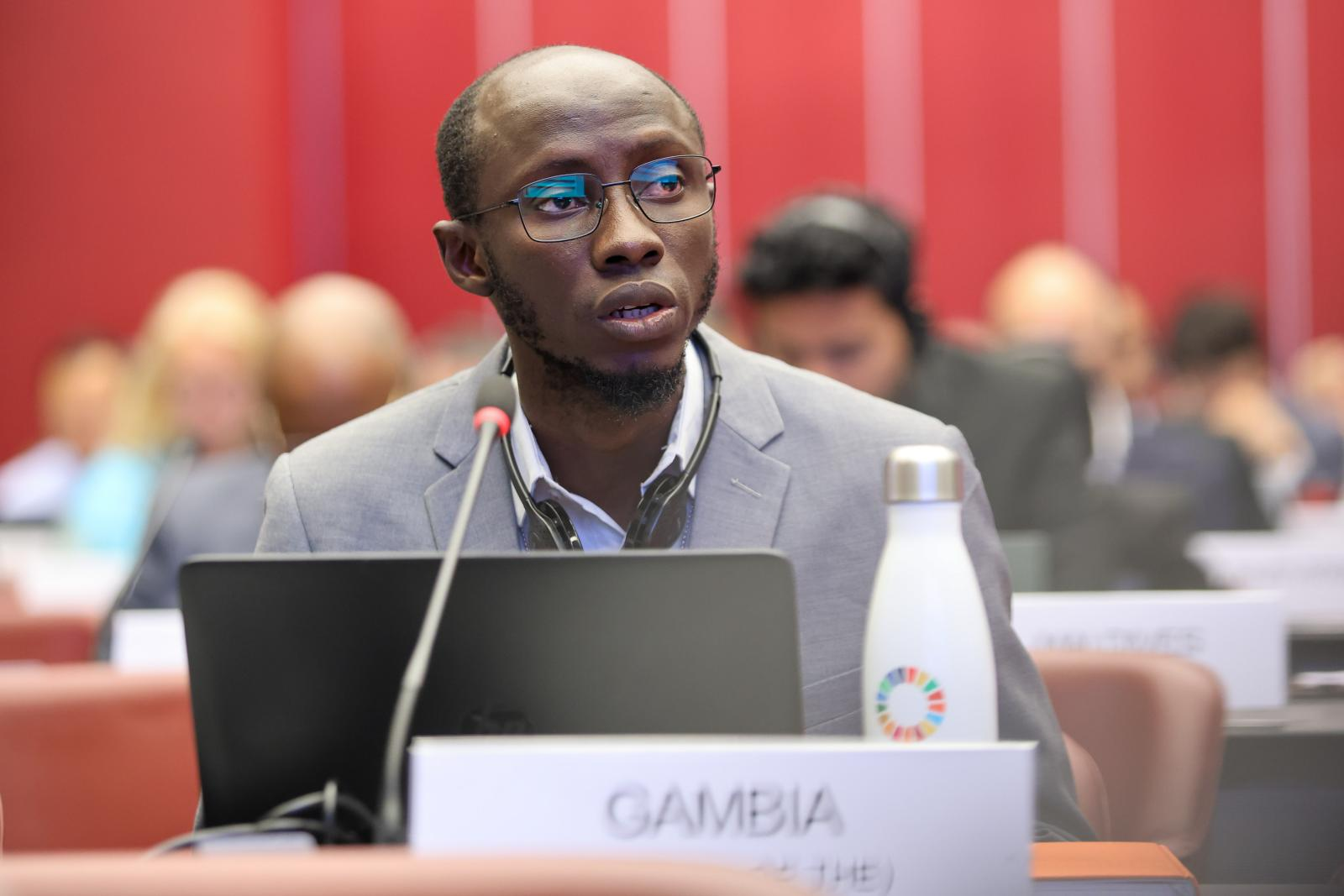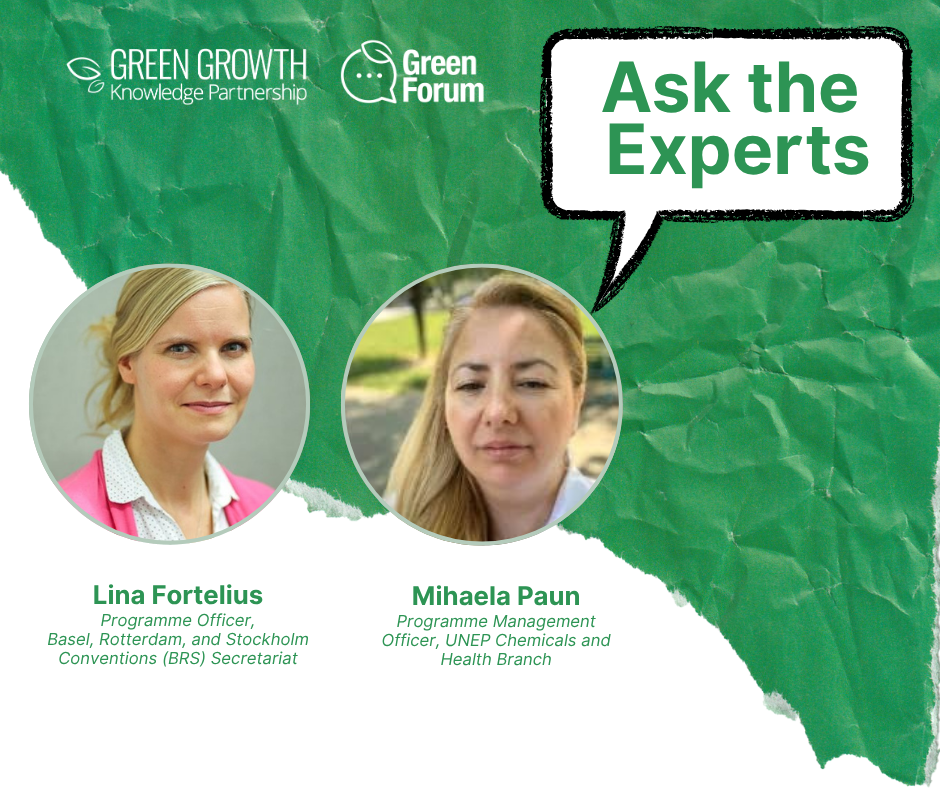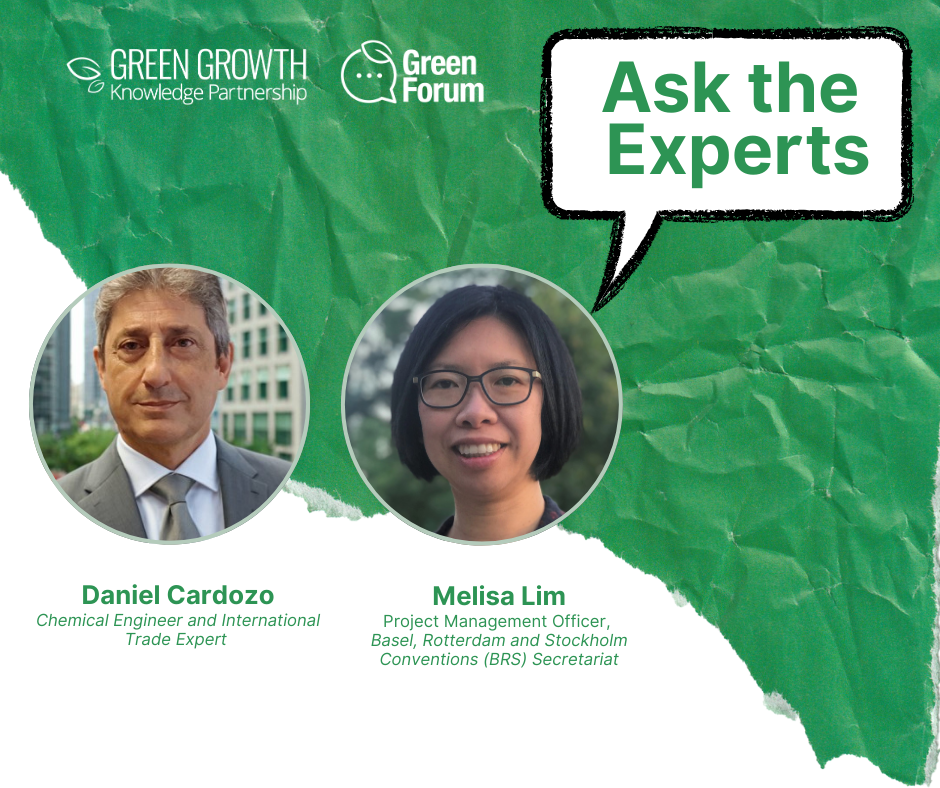Did you know that on average we spend 90,000 hours or ⅓ of our lives working? Why are we not spending it meaningfully?
In addition, an estimated 100 million new jobs will be created globally to support the transition to a climate-resilient economy by 2030, according to the International Labour Organization. Yet, at the current pace, the workforce will fall short, lacking qualified and skilled workers ready to take on climate-related roles.
What’s missing isn’t interest. Youth-led manifestos from around the world show strong desire among young people to work in green jobs. But awareness is low. In a recent survey, while 75% of youth said they would consider the environment in choosing a career, less than 25% had even heard of green jobs.
We saw this gap firsthand.
When we first taught climate change in schools, our students were enthusiastic. They led clean-up drives, joined climate strikes, and advocated for climate action. But over the years, a troubling pattern emerged: many of these same students stopped participating in climate action, not because they no longer cared, but because they had to focus on earning a living.
It became clear: awareness wasn’t enough. We needed to help young people, especially those in public schools, see that a green and sustainable future could also mean a decent, dignified job.
The Solution: Climate-Aware Career Guidance
That’s how Green Economy Ready was born. Our flagship initiative is the Green Economy Ready Toolkit designed to help career advocates integrate green jobs into the existing career guidance program for Grades 10-12 students in the Philippines.
What makes this toolkit innovative is its integration of climate, labor, and education frameworks into a single, easy-to-use resource. We didn’t stop at providing examples of green jobs; we designed a full experience that:
- Maps green career pathways aligned with the Philippine Development Plan and National Green Jobs Human Resource Development Plan
- Introduces students to the concepts of just transition, decent work, and climate resilience
- Provides career mapping activities that match students’ skills, interests, and values with green job opportunities
- Includes real stories of Filipino professionals working in green and greening jobs
- Involves parents communication as the primary influencer for career choices
This is more than guidance counseling. It’s workforce development for the green transition.
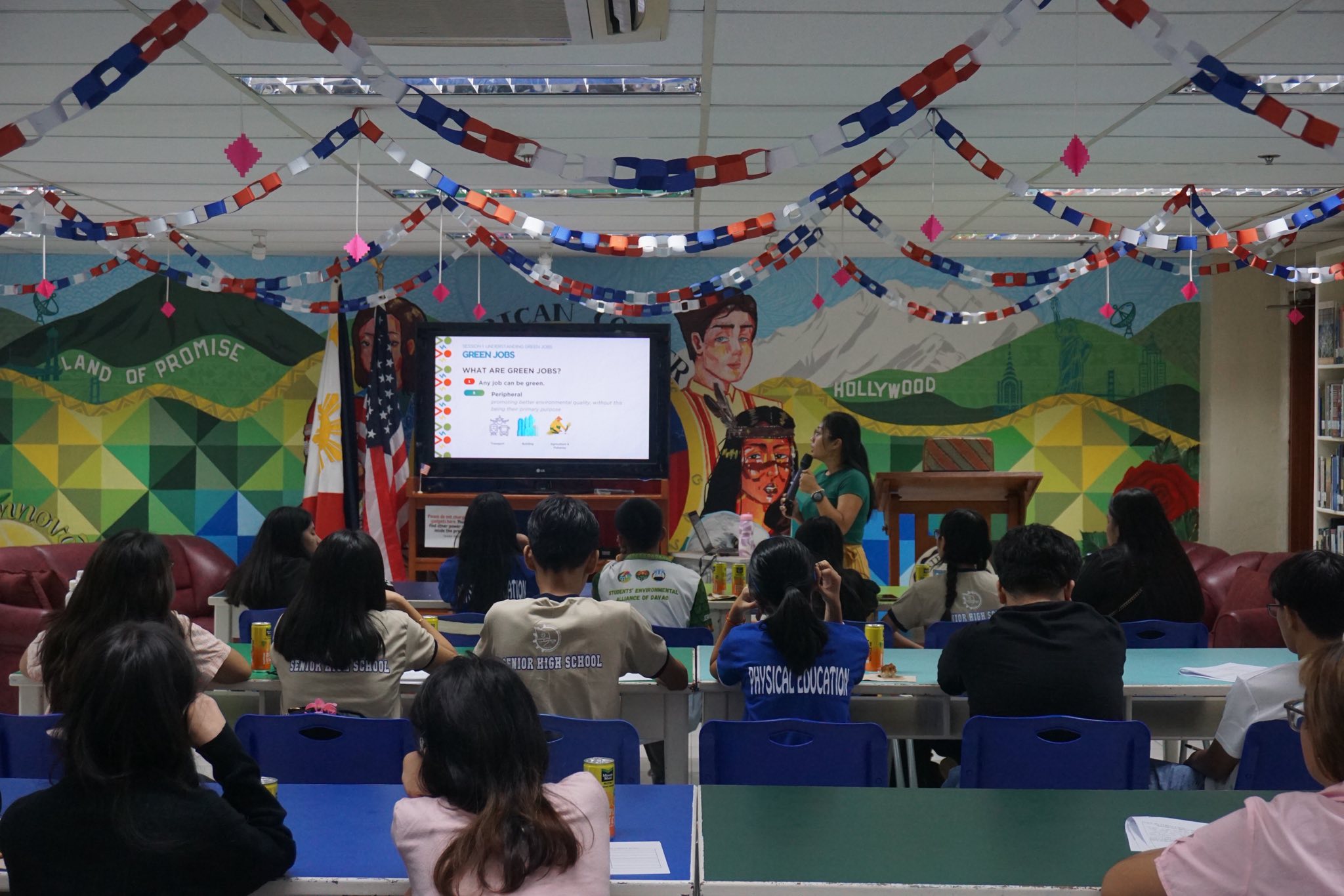
Co-Creating the Toolkit: From Insight to Action
With support from the Youth4Climate: Sparking Solutions initiative, funded by the UNDP Rome Centre and the Italian Ministry of Environment and Energy Security, we followed a collaborative, research-based design process.
We began with desk research to analyze definitions of green jobs and identify existing awareness initiatives within basic education. From there, we embraced co-design as a non-negotiable principle. Involving diverse stakeholders from the outset gave us insights that no desktop research alone could provide.
Our inception workshop brought together over 50 participants through an Appreciative Inquiry process. From that, we identified essential elements for the toolkit: interactive activities, salary and career pathway insights, and inspiring success stories of young professionals in sustainability.
We then consulted with national agencies such as the Department of Education, Department of Labor and Employment, and the Climate Change Commission; development partners like UNICEF and SEAMEO; employers; and youth-led organizations to ensure the toolkit reflected both real-world labor demand and education system realities.
Finally, we conducted user testing with 37 senior high school students, both online and in person. The findings were interesting: most students had a narrow understanding of green jobs, often limited to climate science or ESG-related work. Many were also unfamiliar with the concept of decent work. Through the toolkit, we clarified that green jobs aren’t only good for the environment—they also contribute to economic growth and social well-being.
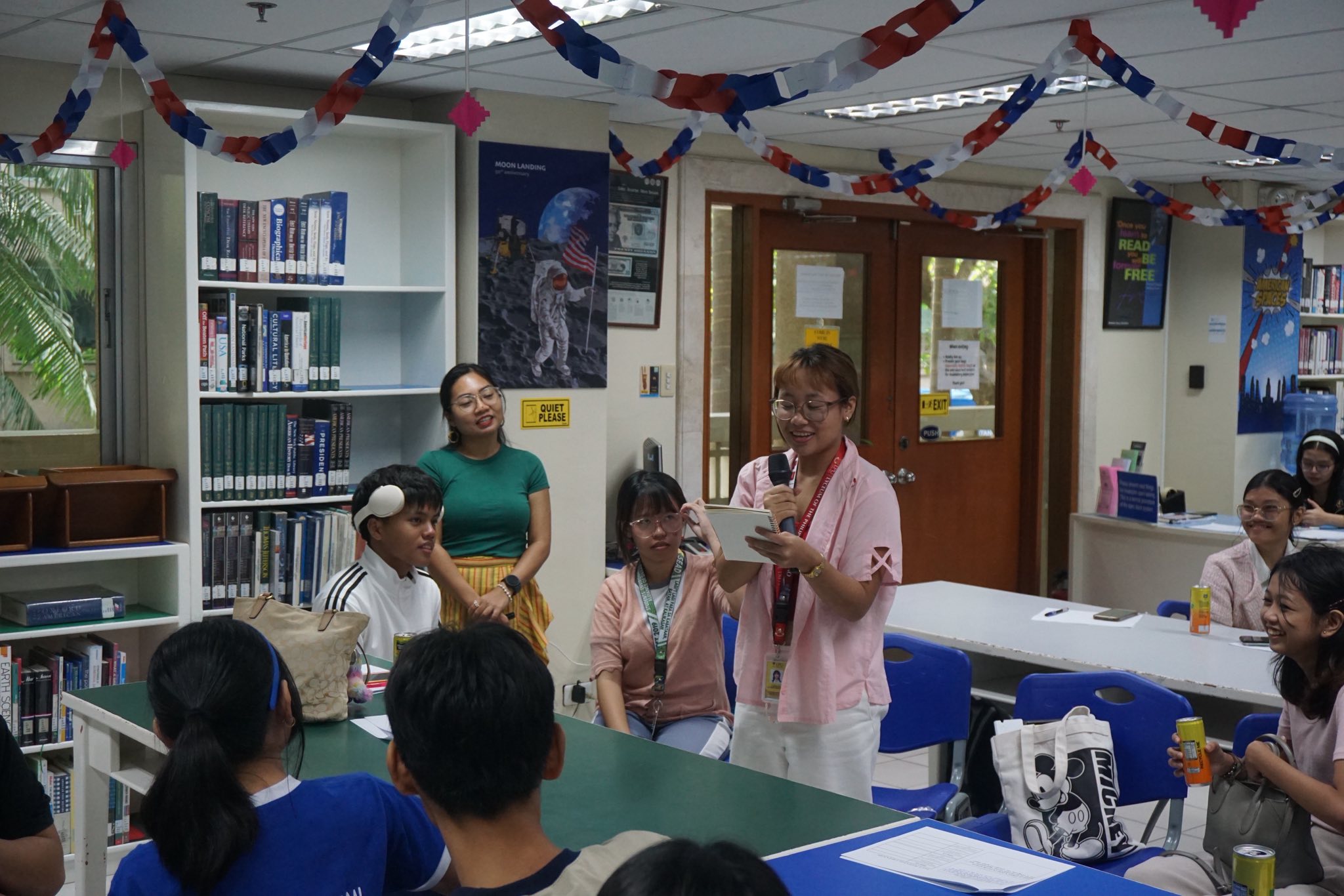
Some of the key takeaway of the participants include:
“One key takeaway I gained from the workshop is that green jobs are not only vital for environmental sustainability but also create new opportunities for economic growth and social development. It made me realize how important it is to align our skills and career paths with the needs of a greener future.”
“Green jobs not only help our environment but also help build strong community and camaraderie amongst others.”
“I learned that working is not only about the salary we receive but also about the motivation and fairness of the job.”
What’s Next
We are training 86 career advocates from 7 divisions in the Philippines to run the toolkit to their students for Academic Year 2025-2026. Our next steps include:
- Refining the toolkit and the platforms for career matching
- Supporting the career advocates in implementing the toolkit
- Partnering with companies to feature Filipino professionals in diverse green roles
A third of our lives is spent working. Imagine if that time could be spent solving the greatest challenge of our generation. Green jobs make that possible. With the right guidance, young people don’t have to choose between making a living and making a difference. We can turn climate ambition into everyday action, one job at a time.

